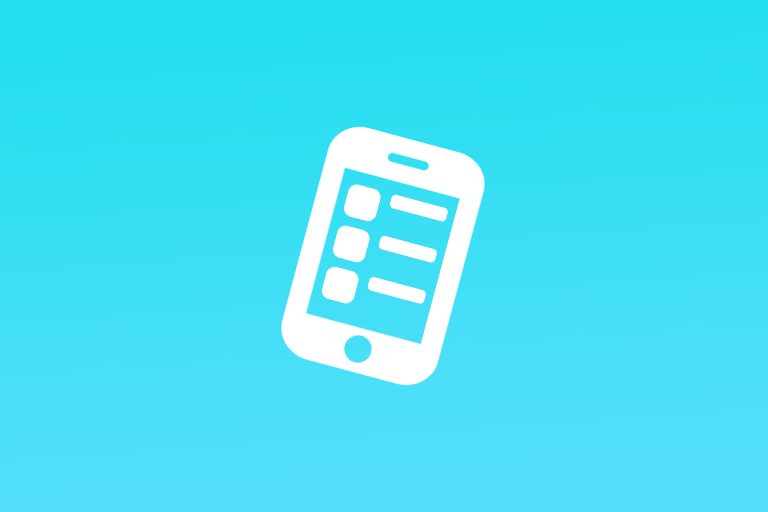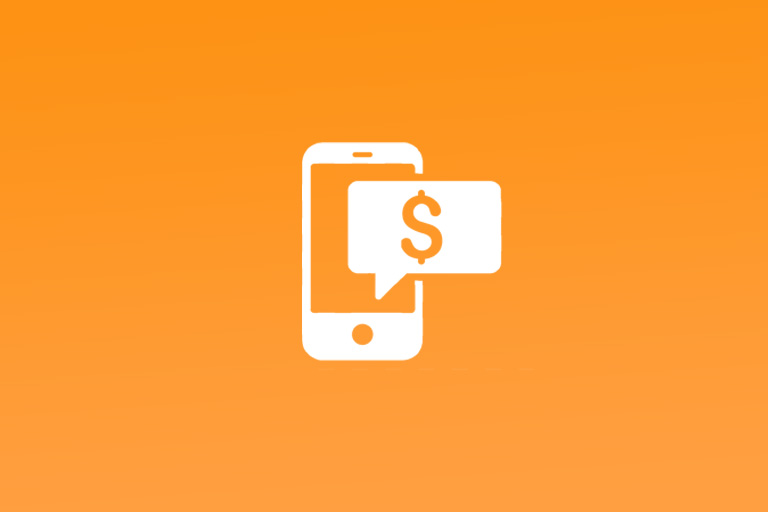2024 App marketing strategy listing
The life cycle of any mobile app can be segmented into three stages – Pre-Launch, Launch, and Post-Launch. The strategies we discuss can be relevant across multiple stages. Therefore, we will commence with those that should be prioritized for initial implementation, followed by an exploration of additional strategies.1. Target Market Research
Before launching an app, understanding the target market is paramount. Delving into demographic data, user behavior, and preferences provides invaluable insights. This research enables app marketers to tailor their strategies to meet the specific needs and desires of their audience, ultimately driving user acquisition and retention.2. Competitor Research
Analyzing competitors is equally crucial. Understanding their strengths, weaknesses, and market positioning allows for the development of a unique value proposition. By identifying gaps and opportunities, app marketers can refine their strategies to offer something distinctive and compelling in the market.3. Creating Online Presence
Establishing a strong online presence is foundational. This involves creating a user-friendly website, engaging social media profiles, and compelling content to captivate potential users. A captivating online presence serves as the digital storefront for the app, driving interest and user engagement.4. Setting up KPIs
Key Performance Indicators (KPIs) are essential for measuring the success of marketing efforts. Defining clear KPIs, such as user acquisition cost, conversion rates, and app store rankings, provides a benchmark for evaluating the effectiveness of marketing strategies and making data-driven decisions.5. App Store Optimization
Optimizing the app store presence is vital for enhancing visibility and driving downloads. This includes refining app titles, descriptions, and keywords to improve search visibility, as well as optimizing visual assets to attract and engage potential users.6. Launching a PR Campaign
A well-executed PR campaign can significantly boost app visibility and credibility. Crafting compelling press releases, reaching out to industry influencers, and securing media coverage can generate buzz and draw attention to the app.7. Top Mobile App Marketing Companies
Collaborating with top mobile app marketing companies can provide valuable expertise and resources for promoting the app effectively. These companies offer specialized services, including app store optimization, paid user acquisition, and strategic marketing campaigns.8. Running a Paid UA Campaign
Investing in a paid user acquisition campaign is essential for reaching a broader audience. By targeting specific user segments and leveraging advertising platforms, app marketers can drive app installs and user engagement.9. Setting up a Referral System
Implementing a referral system incentivizes existing users to refer new users, fostering organic growth and creating a network effect. This not only drives user acquisition but also enhances user engagement through social connections.10. Pitching to the App Store / Google Play Editors
Pitching the app to app store editors can lead to valuable featuring and increased visibility. Crafting a compelling pitch that highlights the app's unique value and appeal can significantly impact app store featuring opportunities.11. Building a Community
Fostering a community around the app cultivates user engagement and loyalty. Engaging with users through forums, social media groups, and community events creates a sense of belonging and encourages ongoing interaction with the app.12. Content Marketing
Creating valuable and shareable content, such as blog posts, videos, and infographics, serves as a powerful tool for engaging users and attracting new audiences. Content marketing establishes the app as a valuable resource within its niche.13. Cross-Promotion with Other Apps
Collaborating with other apps for cross-promotion can expand the app's reach and attract users who may have similar interests. This mutually beneficial strategy leverages existing user bases to drive app downloads and engagement.14. Running an Email Marketing Campaign
Email marketing remains a potent tool for engaging users. Crafting personalized and targeted email campaigns can nurture user relationships, provide valuable updates, and drive user retention.15. Promo Offers & Contests & Giveaways
Running promotional offers, contests, and giveaways can create excitement and incentivize user engagement. These initiatives not only attract new users but also encourage existing users to remain active and engaged.16. Sending Push Notifications
Strategic and personalized push notifications can re-engage users and drive them back to the app. By delivering relevant and timely notifications, app marketers can maintain user interest and drive retention.17. Ratings & Reviews Management
Actively managing app ratings and reviews is crucial for maintaining a positive app reputation. Encouraging satisfied users to leave reviews and promptly addressing any issues can significantly impact user perception and retention.18. Launching Retention Campaigns
Dedicated retention campaigns aim to re-engage existing users and prevent churn. By offering personalized incentives and targeted messaging, app marketers can encourage ongoing app usage and loyalty.19. Social Media Campaigns via Influencers
Leveraging social media influencers to promote the app can amplify its reach and credibility. Partnering with influencers who resonate with the target audience can drive user acquisition and enhance brand visibility.20. Using Viral Loops
Implementing viral loops within the app can encourage users to invite others, creating a self-sustaining cycle of user acquisition and engagement. Viral loops capitalize on word-of-mouth and social sharing to drive app growth.Incorporating these strategies into a comprehensive app marketing plan can significantly impact the app's visibility, engagement, and long-term success.







